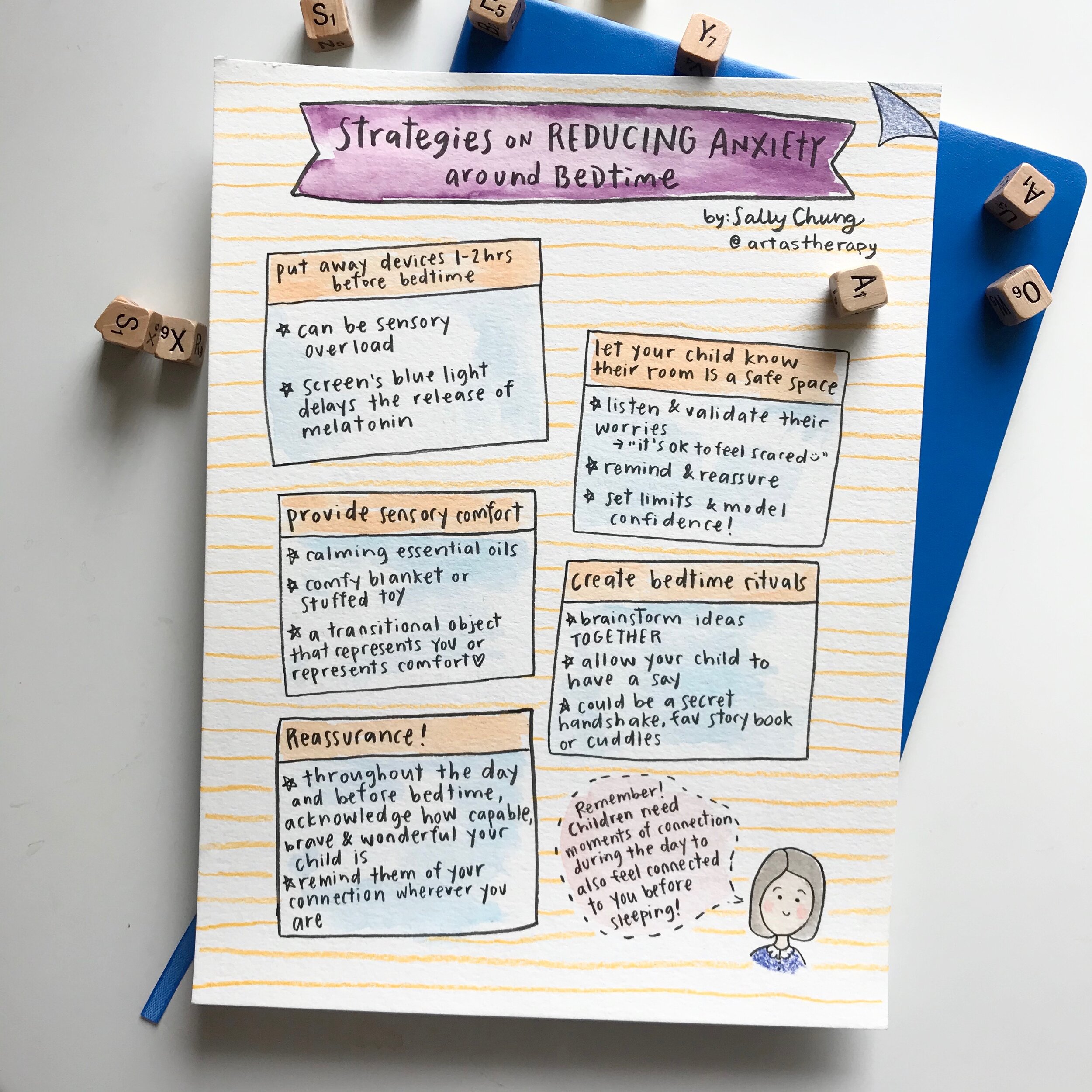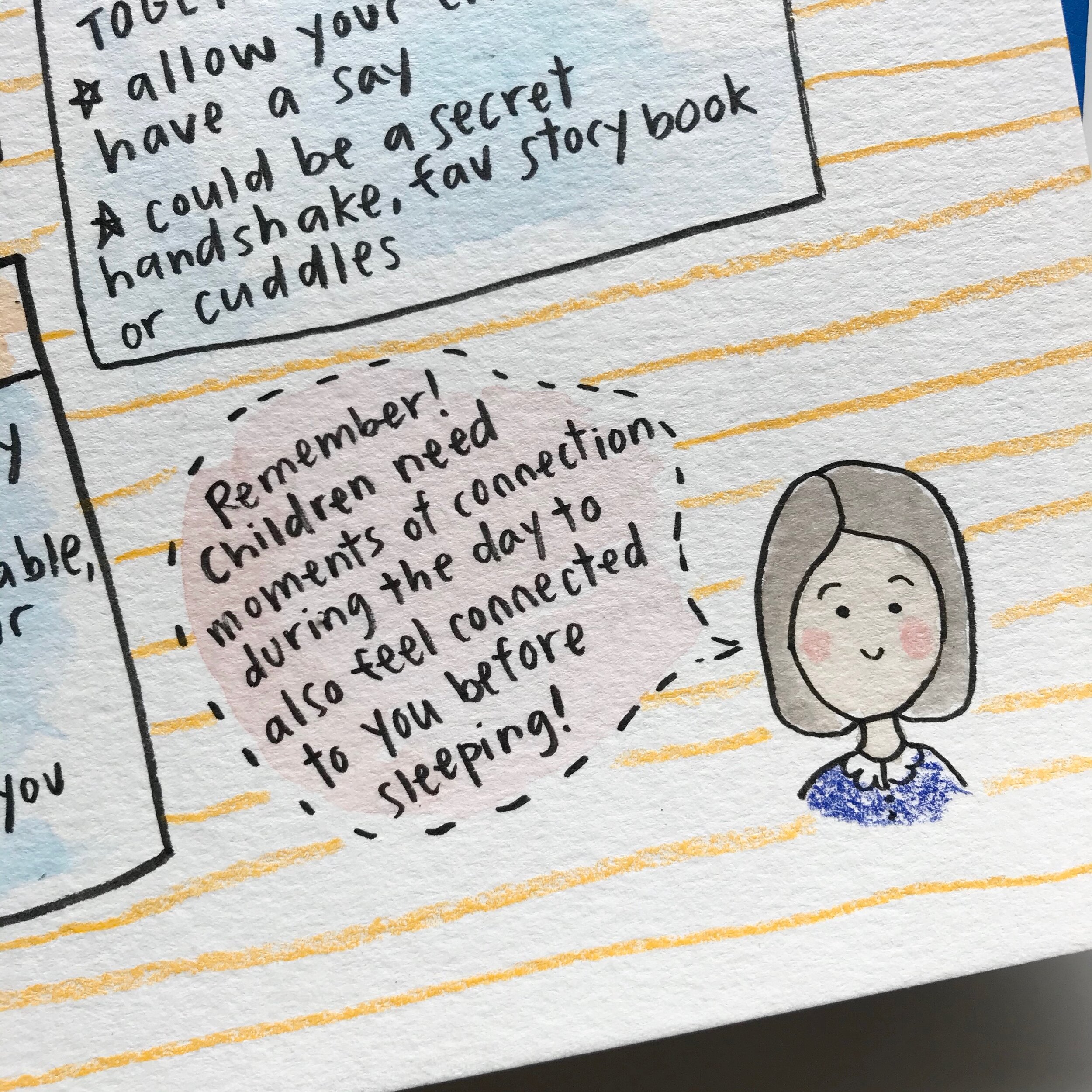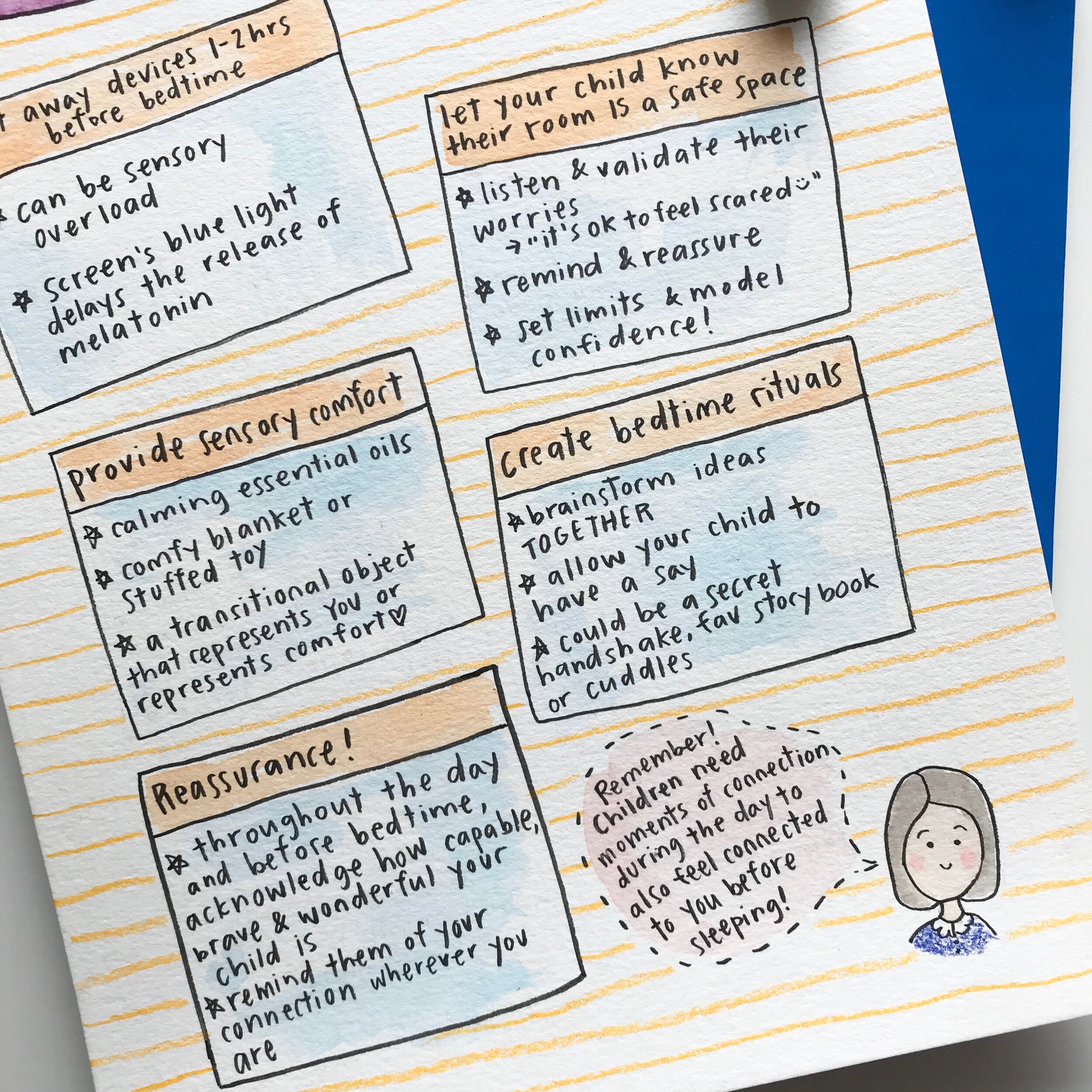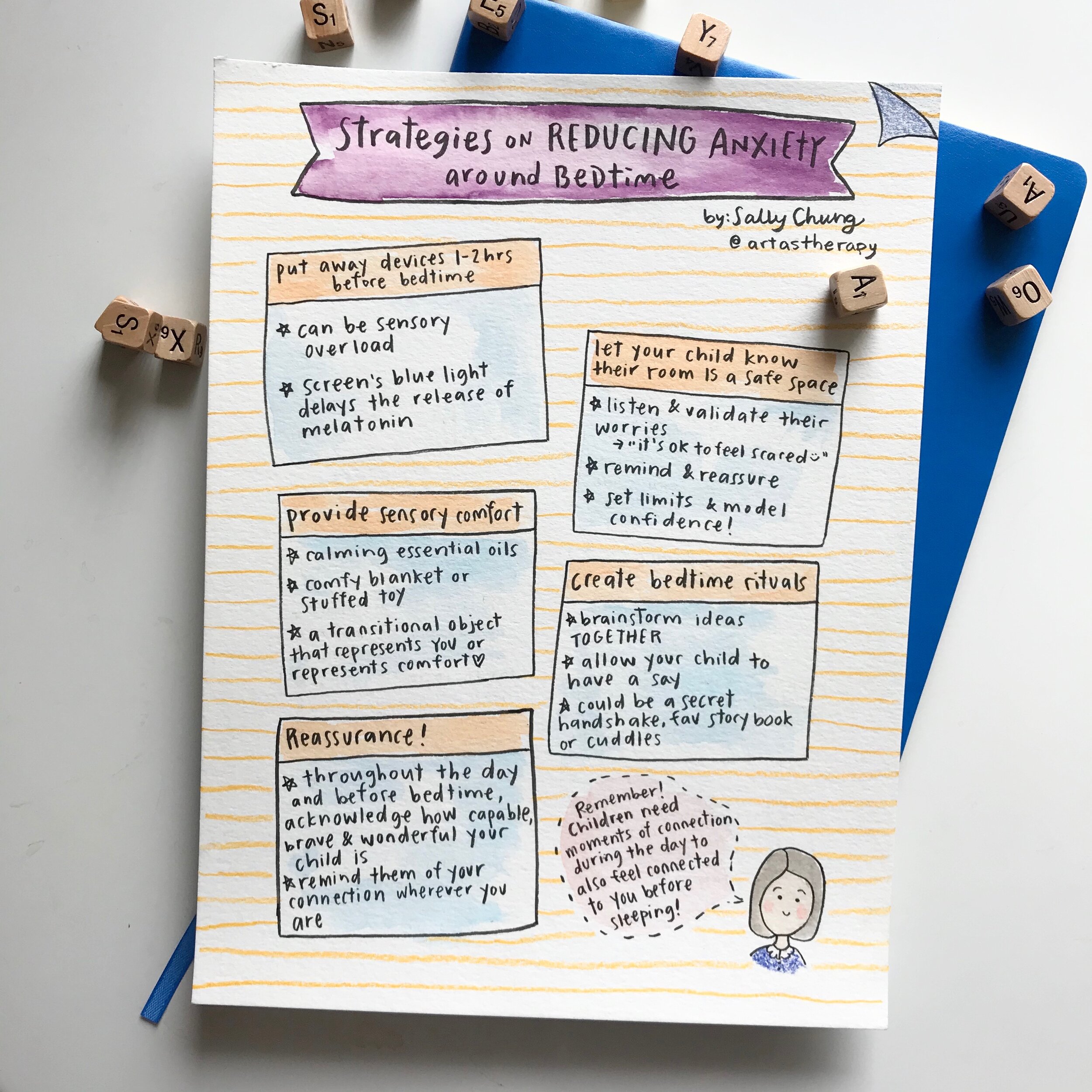Learn more about how art therapy can benefit children, teens and adults who have autism.
Virtual Art Therapy Benefits for Teens
Benefits of Online Art Therapy for Teens
Online art therapy or drama therapy provides a safe and accessible way for teens to engage in creative expression while receiving therapeutic support. Here are some key benefits:
1. Accessibility & Convenience
Removes geographical barriers, making therapy available to teens who may not have access to in-person services.
Provides flexibility in scheduling, reducing the need for travel and making it easier to fit into busy school or extracurricular schedules.
Allows teens with mobility challenges, social anxiety, or other barriers to receive therapy in a comfortable setting.
2. Safe & Familiar Environment
Engaging in therapy from home can help teens feel more at ease, reducing initial anxiety around therapy.
The familiar environment can encourage more openness and authentic self-expression.
3. Increased Comfort & Engagement
Some teens find it easier to express themselves through digital mediums rather than verbal communication alone.
The use of digital art tools (such as drawing apps) can enhance creativity and accessibility.
4. Encourages Emotional Expression & Processing
Art provides a non-verbal outlet for emotions, allowing teens to express difficult feelings like stress, anxiety, or trauma.
Helps with processing experiences and fostering emotional awareness.
5. Builds Coping Skills & Resilience
Art therapy can teach teens effective coping strategies for anxiety, depression, and stress.
Encourages self-reflection and problem-solving through creative exploration.
6. Promotes Self-Esteem & Identity Exploration
Teens can explore their identity and self-worth through creative expression.
Art therapy fosters a sense of accomplishment, helping build confidence.
7. Strengthens Social & Communication Skills
For group sessions, online art therapy can provide a sense of community and connection with peers.
Can support communication skills in a low-pressure, creative format.
8. Trauma-Informed & Emotionally Regulating
Art therapy provides a gentle and effective way to process trauma without the need for direct verbalization.
Engaging in art can activate the parasympathetic nervous system, promoting relaxation and emotional regulation.
9. Private & Confidential
Online sessions can offer a private space where teens feel safer to express themselves without fear of judgment.
Sessions are structured to maintain confidentiality and a sense of safety.
10. Integrates Well with Other Therapeutic Approaches
Can complement talk therapy, cognitive-behavioral therapy (CBT), and other therapeutic modalities.
Works well as a standalone practice or as part of a holistic mental health plan.
Online art therapy provides an accessible, flexible, and powerful way for teens to engage in self-exploration and healing. By combining creativity with therapeutic guidance, it empowers them to navigate challenges and build emotional resilience. If you are interested in exploring more, call us today on 519 307 9000 or email admin@artastherapy.ca. We look forward to connecting with you.
For parents
For parents of teen clients, we also offer therapy for adults as well as parenting support. Sessions for parents provide an opportunity to explore the challenges of parenting in a safe, non-judgmental space and allows for parents to tap into their existing skills and build new ones to help them foster a stronger relationship with their child. Call us today to book your session or to learn more. Parenting a teen is not always easy, you do not have to do it alone! We are here to help. You can reach us on 519 307 9000 or email admin@artastherapy.ca.
5 Steps On Setting Up A Routine
5 Simple Steps on Setting Up a Routine
To preface, we want to share that routines could look differently for each family. What works for one family might not work for another!
However, all routines have similar traits which will make them successful:
They must be planned
They must be predictable
They must be regular!
Although this is not a one size fits all, we wanted to provide some tips on how to provide routine for your child. We’ve gathered the most important components of what makes a good routine, but you can always tweak it to your liking.
1. Establish the most important times
- Wake up time
- Breakfast
- Lunch
- Dinner
- Shower/bath time
- Bed time
Try to aim to have everyone eat, sleep and play at the same time. Having expectations that everyone comes together for meals can provide structure and organization for your child and family.
2. Practice patience, repetition, more practice and repeat!
Although it’s okay to be flexible and keep time frames loose, it’s consistency in routines that’ll help make routines stick
For little ones (and grown ups too!), it can take a long time and great effort to adapt to structure
3. Establish special times with your child
Make expectations of spending quality family time whether that’s having a regular board game night once a week or making Saturday night a movie night
During the day: Think of an activity you both can do together to connect during your day. Even if it’s a short time, practicing being present and giving your undivided attention (without devices) can go a long way
During the night: Make time to connect before bedtime, whether that’s 10 mins of snuggling, talking about a highlight of their day or reading
4. Adjust as needed
Take time to revisit your week and see what worked, what didn’t. You can ask your child too on what they appreciated the most or would like to see changed. As we mentioned before, each child and family is different, so tailoring your schedule accordingly is important. Just keep in mind that the essential times (wake up time, meals, bedtime) plays the most important role in your child’s routine
5. Accept that it won’t be easy!
Practice self-compassion by reminding yourself that new routines are hard, especially when confronted with challenging times or transitions. Take moments to breathe, let yourself know that you’re trying your best and that tomorrow will be another day!
The science
For those of you who are interested in the science behind the importance of routines here is some information.
Our nervous system needs and craves predictability. Consistency, knowing what to expect and when, helps us from the time that we are born, to regulate our emotions and to tolerate big feelings. Imagine if someone kept turning the thermostat at home or work up and down all the time, it would not feel very nice to be cold one minute and really hot the next and have no idea whether to keep the sweater on or off. Having routines is like a thermostat for our nervous system.
Wisdom from parents
Establishing routines is really hard and depending on your family situation they can also be really challenging. Parents tell us time and time again that sticking to routines no matter how difficult makes things easier in the long run. Their children are more settled, less displays of big feelings and parents or caregivers feel more in control, and this feeling allows children to feel a deeper sense of security.
How can we help?
Raising a child or a couple of them is no easy task! Some parent(s) / caregivers do not have access to resources and or extended family and friends for support. So you if would like our support in helping you on your parenting journey or feel your child could benefit from therapeutic support, please do not hesitate to contact us about our services. You can reach our lovely admin team to book a complimentary phone call via admin@artastherapy.ca or call on 519 307 9000 / 905 783 5939.
Strategies on Reducing Anxiety around Bedtime
When scary, unpredictable or big things are happening in children’s lives, they may experience some challenges sleeping in their own bedroom. We believe that parents and caregivers are the experts and can intuitively decide what their child’s sleeping arrangements look like. Here are some strategies for caregivers who are making changes in sleeping arrangements, finding their child no longer wants to sleep alone and or would like to transition their child to sleeping in a separate room.
1. Not being on a device for an hour or two before bedtime. Videogames and tv shows can have scary images or the sensory overload could be overwhelming for a child to sleep right after. The artificial blue light that’s emitted also delays the release of melatonin, making it more difficult to fall asleep. Instead, this can be a time for family activities like playing board games, bath or a relaxing activity such as colouring, reading or puzzles.
2. Let your child know that their bedroom is a safe place. You can first listen to what their fears are and validate them that we all feel scared at times. You can then reassure your child that it is a safe place even if you are not in the room with them. If they get out of bed to come to you in the middle of the night, try bringing them back to their bed after validating and reassuring again. You could try setting a limit and say "just 5 minutes and I am going to bring you back to your room, you can do it!" Your gentle, kind and reassuring approach, will support them in learning that staying in their bed is safe.
Remember if they are visibly upset, over tired and inconsolable, their higher thinking ability may be offline, so at this point keeping them in your bed might be the only way to calm down their nervous system and help them feel safe. If this is the case and you feel intuitively that physical proximity is the immediate need for your child, meet that need and you can try again the following night.
3. Sensory comfort. This may be using essential oils, a comfy blanket, sleeping with a stuffed animal or a pet. Sometimes using a transitional object may be helpful. A transitional object might be an item that represents you or represents comfort/safety.
4. Bedtime ritual. Having a bedtime ritual when in bed might be helpful. It might be talking about the day, reading a book, etc. You can brainstorm together what the activities can be with your child so they can have a say and feel in control before sleeping.
5. Reassurance. Some children require that extra comfort. Ultimately they need to feel comforted, reassured and safe in their own room. Leading up to bed time, try to acknowledge how wonderful, capable and brave your child is and that you are right in their heart even if you're physically in the next room. Reminding them that there’s an invisible string connecting them to you no matter how far you are, or that they have enormous power in their heart that will help them wherever they are can be comforting. Oftentimes children can pick up on your own anxiety or frustration so it’s important that you are gentle yet model confidence. It’s possible!
6. Connection. Our nervous system craves predictability in order to feel safe and regulated. During times of stress or uncertainty, a child may exhibit behaviors that indicate that their nervous system is not feeling safe. These behaviors may manifest in mysterious ways and will require some deciphering. You may see increased disruptive behaviour, silliness, more fighting with siblings, refusing to do certain tasks, easily upset, lots of tears, and or changes in sleep and eating habits. Taking a playful and curious approach to such behaviors provides an opportunity to the parent or caregiver, to understand why this behavior is taking place.
Suggesting a moment to reset, slowing down and paying attention to what is happening might reduce the disruption. Remember, behavior always means something! One of the ways to manage this is by increasing connectedness both during the day as well as before bedtime. Connectedness can be as simple as cuddling on the sofa, going for a walk, reading a book, colouring together, doing a household task together, or having a chat while providing sensory comfort. This may sound impossible, especially if you're working from home while looking after the home and other children, pets, older parents…., however keeping in mind that connecting time does not have to be long, might make it feel less overwhelming. Even short moments of connection throughout the day can be deeply beneficial and support the child’s nervous system to regulate.
We hope you find these suggestions useful and if you have any ideas for us or would like to learn more about how we can support you or your family, please feel free to connect with us via admin@artastherapy.ca or call 519 307 9000. We provide in person and online support. Also remember to follow us on instagram, facebook and twitter. We regularly share resources and art making ideas!
Art Therapy support for vicarious trauma: support for social workers
As adults we sometimes forget about taking time to pause and take care of ourselves. This can especially be true for professionals such as social workers who work to tend to other people’s needs. The amount of stress and trauma that the person is exposed to for a prolonged period of time can have a serious impact on the person’s mind, body and their overall wellness.
Vicarious Trauma
Vicarious trauma is a term used to describe a person who is traumatized by witnessing or becoming aware of the trauma of another person. For example, social workers who work in child welfare, this might look like hearing stories of people who have gone through traumatic experiences, reading file notes, and or working with them. Often times in literature, the word vicarious trauma is replaced with words such as compassion fatigue and burnout. Over time, being exposed to high stress and traumatic cases can have a negative impact on wellbeing. It is important to be aware of the signals that our bodies send us and to find healthy ways to tend to those needs to reduce the negative effects.
Art Therapy and Self Care for Caring Professionals
Art therapy can be beneficial for adults as a means of self care, especially for professionals working in high stress environments. Engaging in the process of making something, while talking as well, can provide a client opportunities to gain a deeper understanding of their feelings, reflect on what might be going on for them internally, and feel supported, as they work out how they would like to shift their thoughts and feelings to manage more adaptively. With no prior art making knowledge necessary, clients have the opportunity to tell their unique stories in a safe inviting confidential space. The art therapy process can allow a caring professional to take the time to pause and pay attention to their needs, while honouring all that they give to the children, youth and families they serve.
Art as Therapy therapists are Registered Psychotherapists, psychotherapy sessions are covered by most extended health benefit programs.
You can also visit our instagram, facebook and youtube pages for more information and resources.
Reference: https://www.tendacademy.ca/resources/defining-vicarious-trauma-and-secondary-traumatic-stress/














